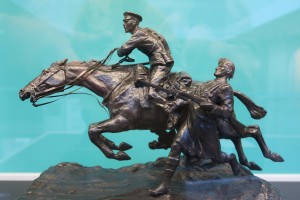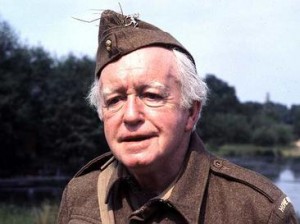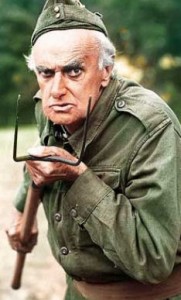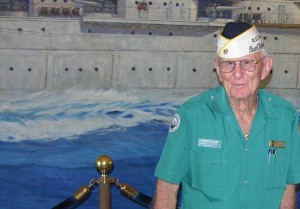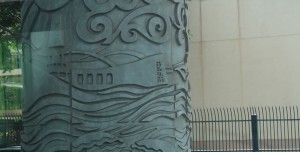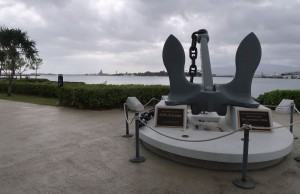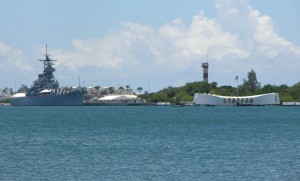Posted By pferguson on February 25, 2024
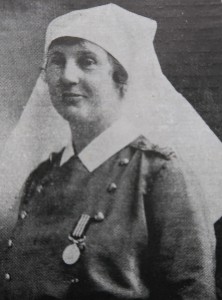
Nursing Sister Mary Meta Hodge wearing the Military Medal.
(Bassano Photograph)
During Air Raids
Mary Meta Hodge was awarded the Military Medal for Bravery in the Field. A resident of Winnipeg, Manitoba the above portrait appeared in the Canada Illustrated Weekly, 21 December 1918, p. 397. Nursing Sister Hodge was one of nine Canadian women awarded the Military Medal during the Great War. Eight of the women served with the Canadian Army Medical Corps and the ninth in the British Army.
Canadian Army Medical Corps
Matron Edith Campbell RRC
No. 3 Canadian General Hospital, Etaples, France
For gallantry and devotion to duty during an enemy air raid. Regardless of personal danger she attended to the wounded sisters, and by her personal example inspired the sisters under her charge. (London Gazette: 24 September 1918. Previously awarded the Royal Red Cross).
Nursing Sister Helen Elizabeth Hansen
No 2 Canadian Stationary Hospital, Etaples, France
For gallantry during an air raid at ETAPLES May 19/20th 1918. She worked devotedly in the operating room throughout the period of the severe bombardment, which lasted for two hours. Sister HANSEN was ready for any duty, and exhibited qualities of coolness and courage. (London Gazette: 29 January 1919).
Nursing Sister Lenora Herrington
No. 3 Canadian General Hospital, Etaples, France
For gallantry and devotion to duty during an enemy air raid. She remained at duty the entire night, and by her excellent example and personal courage was largely responsible for the maintenance of discipline and efficiency. (London Gazette: 24 September 1918).
Nursing Sister Mary Meta Hodge
No. 3 Canadian Stationary Hospital, Doullens, France
For gallantry and devotion to duty during an enemy air raid. Although injured by a falling beam, this sister displayed great presence of mind in extinguishing overturned oilstoves and later rendered valuable assistance in the removal of patients. (London Gazette: 24 September 1918).
Nursing Sister Beatrice McNair
No. 8 Canadian General Hospital, Etaples, France
For gallantry during an air raid at ETAPLES May 19/20th 1918. She carried on her duties throughout the night without interruption, and throughout the the period of the severe bombardment, which lasted two hours, Sister McNair showed great solicitude for the patients in her wards, and was wholly unmindful of her personal safety. (London Gazette: 29 January 1919).
Nursing Sister Eleanor Jean Thompson
No. 3 Canadian Stationary Hospital, Doullens, France
For gallantry and devotion to duty during an enemy air raid. Although injured by a falling beam, this sister displayed presence of mind in extinguishing overturned oilstoves and later rendered valuable assistance in the removal of patients. (London Gazette: 24 September 1918. Awarded the French Medailie D’Honneur des Epidemies en Bronze London Gazette 9 July 1926. No. 6 Canadian General Hospital).
Nursing Sister Lottie Urquhart
No. 2 Canadian General Hospital, Etaples, France
For gallantry and devotion to duty during an enemy air raid, when four bombs fell on her wards. Regardless of danger she attended the wounded. Her courage and devotion were an inspiring example to all. (London Gazette: 24 September 1918).
Nursing Sister Janet Mary Williamson
No. 2 Canadian General Hospital, Etaples, France
For gallantry and devotion to duty during an enemy air raid. When in charge of a ward badly damaged, she displayed exceptional coolness, and, regardless of personal danger, sustained her patients and ensured their evacuation. (London Gazette: 24 September 1918).
British Army
Acting Sister Marie Dow Lutwick ARRC
No. 58 Casualty Clearing Station
Queen Alexandra’s Imperial Military Nursing Service (Reserve)
Born in Alma, New Brunswick. Awarded Associate of the Royal Red Cross in June 1918. Married James B. Taylor 1938. Died Canada 1953.
For bravery and devotion to duty during a hostile bombing raid when in company with the Matron who was severely wounded and a Sister who was killed. She crossed the open bomb-swept ground alone in order to procure help. Subsequently she returned to the Casualty Clearing Station and continued to work for many hours, under conditions of great danger. (London Gazette 4 June 1918. Previously awarded the Associate of the Royal Red Cross).
Category: Remember Them Well |
No Comments »
Tags: Air Raid, Associate of the Royal Red Cross, Beatrice McNair, Canadian Army Medical Corps, Doullens (France), Edith Campbell, Eleanor Jean Thompson, Etaples (France), Helen Elizabeth Hansen, Honours and Awards, Janet Mary Williamson, Lenora Herrington, Lottie Urquhart, Marie Dow Lutwick, Mary Meta Hodge, Military Medal, No 2 Canadian Stationary Hospital, No. 2 Canadian General Hospital, No. 3 Canadian General Hospital, No. 3 Canadian Stationary Hospital, No. 58 Casualty Clearing Station, No. 8 Canadian General Hospital, Nursing Sisters, Queen Alexandra's Imperial Military Nursing Service (Reserve), Royal Red Cross



